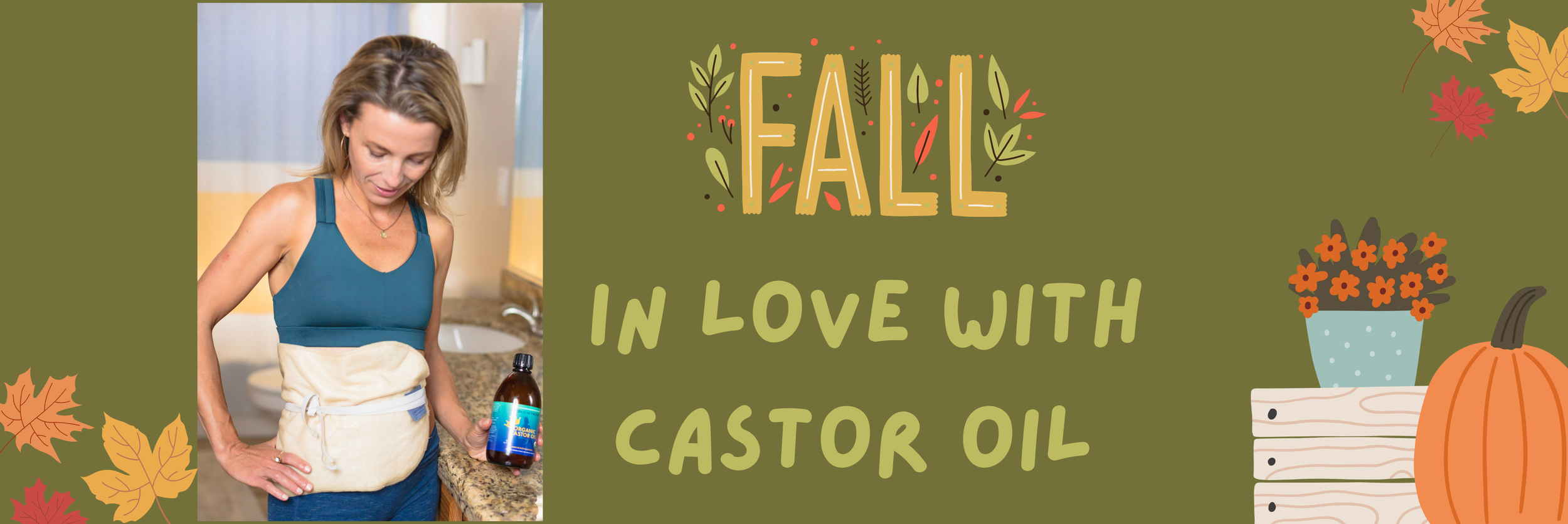Toxic Mold and Multiple Chemical Sensitivity
Did you know that your home could be making you sick?
Mold in the home, which can grow in areas with a lot of moisture, such as in damp basements or around windows and pipes, has been linked with a variety of debilitating health issues, including fatigue, headache, abdominal pain, and breathing problems. Mold issues also can manifest themselves as a chemical sensitivity in the body.
Unfortunately, despite the growing body of research on the chronic health problems that mold can cause, people suffering from exposure to it often are misdiagnosed. In this article, we’ll examine the connection between toxic mold and Multiple Chemical Sensitivity (MCS), causes of MCS, symptoms to watch out for, and solutions to this growing health problem.
What Is the Connection between Toxic Mold and MCS?
The National Institutes for Health (NIH) define MCS as a “chronic condition with symptoms that recur reproducibly in response to low levels of exposure to multiple unrelated chemicals.” The condition can develop from substances in the home and the environment, including pesticides, cleaning agents, and toxic mold. (1)
It’s important to understand that MCS is not an allergy. Whereas allergic symptoms produce reactions such as red or watery eyes, sneezing, itching, and inflammation, these symptoms typically respond to allergy shots and other desensitization treatments. People with MCS, on the other hand, show signs that are more similar to those that result from poisoning.
While recognizing and avoiding chemical triggers can help, some people remain sick even after the toxins have been removed. (2)
What Causes MCS?
We come into contact with an astounding number of chemicals every day in the home, workplace, and outdoor environment. These irritants can include:
household cleaners
gasoline
smoke
pesticides
perfumes
laundry detergent
pet dander
air fresheners
scented candles
deodorants
paint
mold
Toxic mold is a fungus that can grow indoors and outdoors, wherever there is moisture. It can enter a building through any of the following ways:
heating and air conditioning systems
doorways and windows
shoes and clothing
pets
Many building materials can support mold growth, including the following:
wood
wallpaper
insulation
drywall
carpet
fabric
upholstery
and even dust! (3)
Some people especially worry about what is called “black mold.” However, many molds are black, and scientists believe that the type people may be referring to (Stachybotrys chartarum) is no more dangerous than other types of molds. (4)
In small quantities, most molds are not a threat to healthy people. So, why do some molds – and other substances, for that matter – make some people sick and others, not at all?
Scientists do not have a clear answer, but they do say that some people are more sensitive or have more of a genetic predisposition to developing MCS than other people. And studies do show that the problem is increasing.
For example, a 2018 study published in the Journal of Occupational and Environmental Medicine found that diagnosed cases of MCS have increased more than 300% in the past decade. Self-reported chemical sensitivity has jumped over 200%. The study estimates that more than 55 million American adults have MCS. (5)
What Are the Signs and Symptoms of MCS?
When so many things can cause MCS, it can be overwhelming to know if you have it and where to start in terms of dealing with it. But recognizing the signs of MCS is the first step.
The following symptoms are wide-ranging, and they can come on suddenly or over time. They include:
fatigue
depression
chills
headache
sore throat
sneezing
fever
muscle pain
joint pain
dizziness
chest pain
nausea and vomiting
abdominal pain
changes in heart rhythm
bloating
gas
mood changes
confusion
trouble concentrating
memory problems
skin rash
shortness of breath. (6)
As you can imagine from this long list of symptoms, people suffering from chemical sensitivity often are undiagnosed or misdiagnosed. Some of these diagnoses can range from fibromyalgia to cancer.
A related health concern to MCS is Chronic Inflammatory Response Syndrome (CIRS). CIRS is a progressive, multi-system illness that can result from exposure to mold and other biotoxins. The chronic and often severe illness was first identified by Dr. Ritchie Shoemaker in 1997.
Common misdiagnoses (or related) for CIRS are:
Chronic Fatigue Syndrome
Depression and Anxiety
Irritable Bowel Syndrome
Neuro-immune illnesses
Auto-immune disorders, especially thyroid disease
Post-traumatic Stress Disorder (PTSD)
Unfortunately, some doctors even mistake CIRS and MCS as a form of hypochondria. (7)
It’s Not All in Your Head
You know your body better than anyone else, so I recommend that you trust yourself to know when something is off in your environment. For example, if you react strongly to the smell of old books in a used bookstore, new carpet in a store, or a candle burning in another home, you can get yourself out of there.
However, it’s much trickier when what is bothering you is in your own home. Here are some critical steps to take to decrease your exposure to mold:
1. Maintain a clean home with wet mopping and dusting and avoiding unhealthy cleaning products in the home.
2. Invest in a high-quality indoor air filter.
3. Keep the humidity level of your home below 50%, using a dehumidifier as needed.
4. Test and remediate for home mold if you suspect a mold issue.
How You Can Detox from Toxic Mold and MCS
Did you know that a number of foods contain molds and eating them could make your condition worse? It’s true. If you have a high mold sensitivity, you should avoid wheat and rice, dried fruit, nuts, processed and smoked meats, and alcoholic beverages while trying to detox.
Mold spores use sugar and starch as fuel, so limiting foods that contain these ingredients will help you feel better too. Dr. Becky Campbell shares some great information on molds and histamine intolerance here. In this article and video she shares some of her natural remedies for mold toxicity and MCAs.
Here are some of my other recommendations for your mold detox:
Take our toxic mold test with a review.
Take a GI Map Test for gut health and infections.
Remove toxins with binders.
Sweat out toxins from your body with a sauna.
Brush them away with the dry brush method.
Try the MATH diet (Order our free book)
If you are sensitive to mold or chemicals, it’s definitely not all in your head. Recognizing and removing a toxin from your environment is the first step toward better health. Then, you’ll need to take further action to rid it from your body as much as possible.
And, I’ll leave you with some interesting information to ponder about our chemically-laden world.
Research shows that MCS is more often diagnosed in women than men, and recent research shows it frequently co-occurs with asthma and fragrance sensitivity.
A 2018 Journal of Occupational and Environmental Health report points to the abundance of fragranced consumer products -- such as air fresheners and scented cleaning products -- as a reason for the increase in MCS in recent years. (8)
Bridgit Danner, LAc, FDNP, is trained in functional health coaching and has worked with thousands of women over her career since 2004. She is the founder of Women’s Wellness Collaborative llc and FunctionalDetoxProducts.com.
Check out her easy 5-Day DIY Detox Guide here!













Silver has been valued for centuries for its natural antimicrobial properties. When silver particles come into contact with bacteria, fungi, or viruses, they disrupt the microbe’s cell membranes and interfere with their ability to survive and reproduce. This makes silver an effective tool for reducing harmful microorganisms on surfaces, in water, and even in the body (when used appropriately).